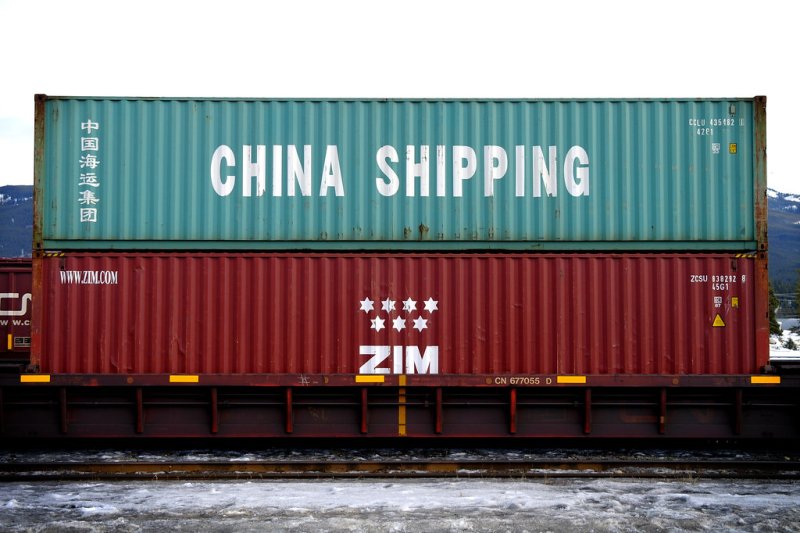- Negotiations

A bilateral trade agreement between Australia and China was finalised in 2015.
This agreement is controversial in Australia because it increases entry of temporary Chinese workers in a large number of occupations, without testing first if local workers are available. There are also provisions for Chinese companies with projects worth over $150 million to negotiate the number of foreign workers they bring in as well as their pay and conditions. This is the first time an arrangement which could allow most of the workforce to be imported has been included in any Australian trade agreement. It is unclear whether recent changes to the regulations of Australia’s Migration Act will be sufficient to ensure that such workers are not exploited.
Temporary migrant workers in Australia are already at a high risk of exploitation. There have been a number of studies showing exploitation of temporary workers, working long hours in dangerous conditions at less than minimum wages. Without greater protections in place there are concerns that increased numbers of temporary workers negotiated through trade agreements could lead to more cases of exploitation.
One important impact of the agreement is how it will open the doors to more Chinese investment in Australian agriculture. China is looking to secure its food supply by investing in agribusiness abroad, whether by investing directly in farms or buying into supply chains. Australia is an important source of meat and to a lesser extent dairy for China, and so ChAFTA is expected to boost Chinese deals in Australia’s livestock industry.
The ChAFTA is also controversial because it contains Investor-State Dispute Settlement (ISDS) provisions, which allow foreign investors to bypass national courts and sue governments before an arbitration tribunal for compensation if they can argue that changes to law or policy harm their investment. This gives increased power to corporations at the expense of democracy and the public interest.
Contributed by AFTINET
last update: March 2016
Photo: PughPugh/CC BY 2.0
12-Apr-2005
Report of a joint feasibility study, leading to the launch of FTA negotiations.
11-Apr-2005
One important provision in a China-Australia Free
Trade Agreement could be the establishment of a Medicines Working
Committee. This committee would facilitate cooperation, collaborations
and joint ventures between Australian and Chinese pharmaceutical
regulators, clinical trial and biotechnology researchers, as well as
generic manufacturers.
24-Mar-2005
Asia Times
China and Australia may be one step nearer to launching talks on a free trade agreement (FTA), and a feasibility study to be released this month strongly proposes the deal.
22-Mar-2005
As the prospect of Australia and China negotiating a free trade agreement (FTA) appears increasingly likely, China has flagged that Australian farmers may not get all they wish for.
21-Mar-2005
Prime Minister John Howard said tonight Australia would continue to have strong trade links to China even if a free trade agreement could not be settled.
20-Mar-2005
Australian Industry Group chief executive Heather Ridout has warned Chinese officials that intellectual piracy could be a critical block to plans for a free trade agreement, with international agencies estimating that 90 per cent of copyright goods sold in China are counterfeit.
14-Mar-2005
The Age
Australia should not try to raise human rights issues with China if formal talks about a free trade agreement begin, Foreign Minister Alexander Downer says. "You won’t get the free trade agreement and you won’t get any improvements in human rights."
14-Mar-2005
ABC
Prime Minister John Howard says there is a good chance Australia will begin negotiating with China on a free trade deal. China is Australia’s third largest trading partner and the Government says if an agreement is signed it could be worth tens of billions of dollars to the Australian economy.
10-Mar-2005
A free trade deal with China may take up to five years to negotiate but it will cover contentious areas including cuts to Australia’s textile and clothing tariffs.
15-Feb-2005
The Howard Government is moving inevitably towards a free trade agreement with China. That is no bad thing. In the absence of any meaningful progress at the World Trade Organisation, a medium-sized economy such as Australia has few options but to pursue bilateral pacts with powerhouse economies such as China.





